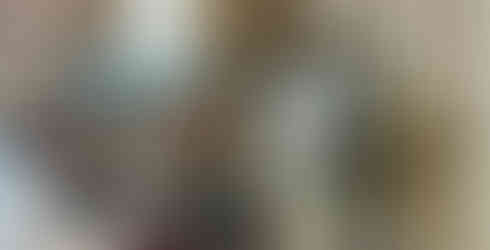Stift Klosterneuburg - A Living Monastery and a Wine Shop
- Mika Vepsalainen
- Jul 20, 2024
- 3 min read
Join us for a visit to a living monastery that has a fascinating living history and a great wine shop just a step north of Vienna!

Klosterneuburg Abbey, a Catholic twelfth century monastery overlooks the Danube in Klosterneuburg in Lower Austria. It was founded in 1114 by Saint Leopold III of Babenberg, the patron saint of Austria.
The church of the abbey, dedicated to the Nativity of Mary was consecrated in 1136 and remodelled in the Baroque style in the 17th century.
The impressive monastery complex was mostly constructed between 1730 and 1834 but its foundations, including a castle tower date back to the twelfth century. You will still find some other older buildings within the complex, such as the chapel of 1318 with Saint Leopold's tomb. From 1634 on, the Habsburg rulers had the facilities rebuilt in the Baroque style.
Klosterneuburg Monastery contains the Verduner Altar, made in 1181 by Nicholas of Verdun. Its three parts comprise 45 gilded copper plates modeled on Byzantine paragons. The monastery also contains a museum with a collection of Gothic and Baroque sculptures and a gallery of paintings, including fifteen panel paintings by Rueland Frueauf from 1505, four Passion paintings from the backside of the Verduner Altar from 1331, and the Babenberg genealogical tree.
Margrave Leopold III sided with the pope against Emperor Henry IV and rewarded the emperor’s son who also fought against his father, with the hand of his sister, Agnes. Leopold created thus a new connection to imperial families which furhter elevated his status and brought a large dowry of royal possessions. Following his marriage, Leopold started building a new residence which he named Niwenburc. A legend has it that Leopold was standing with his wife on the balcony of their new castle when a strong gust of wind carried away Agnes' veil and despite all efforts, they could not find the veil. Years later, Leopold was out hunting when a brilliant radiance coming from the foliage of an elderbush caught his eye. The light came from the undamaged veil that was entangled in the foliage. From the light emerged a vision of the Virgin Mary and Leopold built a church and monastery in her honour at the location where, in 1113, Leopold founded a monastery (kloster) next to his castle, providing it with generous donations of land.
On 6 January 1485, Leopold III was canonized by Pope Innocent VIII and Klosterneuburg soon became an important pilgrimage site. During the various wars of the period, especially the Ottoman sieges of Vienna in 1529 and 1679, the monastery suffered severe damage. The final phase of remodelling the abbey church in the Baroque style took place between 1723 and 1730. During this period, the presbytery, choir stalls, high altar, court oratorio, and pews were all remodelled with the idea of making Klosterneuburg a secular and spiritual centre after the model of the Escorial in Spain.
The 1938 Anschluss brought devastation to the Klosterneuburg community. In 1941, the Nazis suppressed the canonry and confiscated the buildings and properties. Immediately after the war, some canons were murdered for standing up against the Russian soldiers who preyed on Austrian women and girls. Today there are some 40 canons at the monastery.
There is a barrier-free access via Stiftsplatz that, however, has an uneven ground due to cobblestones. The gardens and the museum in the Imperial Wing do not have barrier-free access. There are accessible toilets near the Sala terrena and in the Stiftscafé.
There are three options for refreshments around the monastery. Caféhaus Holler at the entrance to the Stiftsplatz, Stiftsrestaurant Leopold at Parking P1 and Café Egon near the visitors reception. In the museum shop you will find a myriad of mementos, literature and stuff on sale. Do not forget to check the wine shop!
Stift Klosterneuburg
Stiftplatz 1, 3400 Klosterneuburg






















Comments